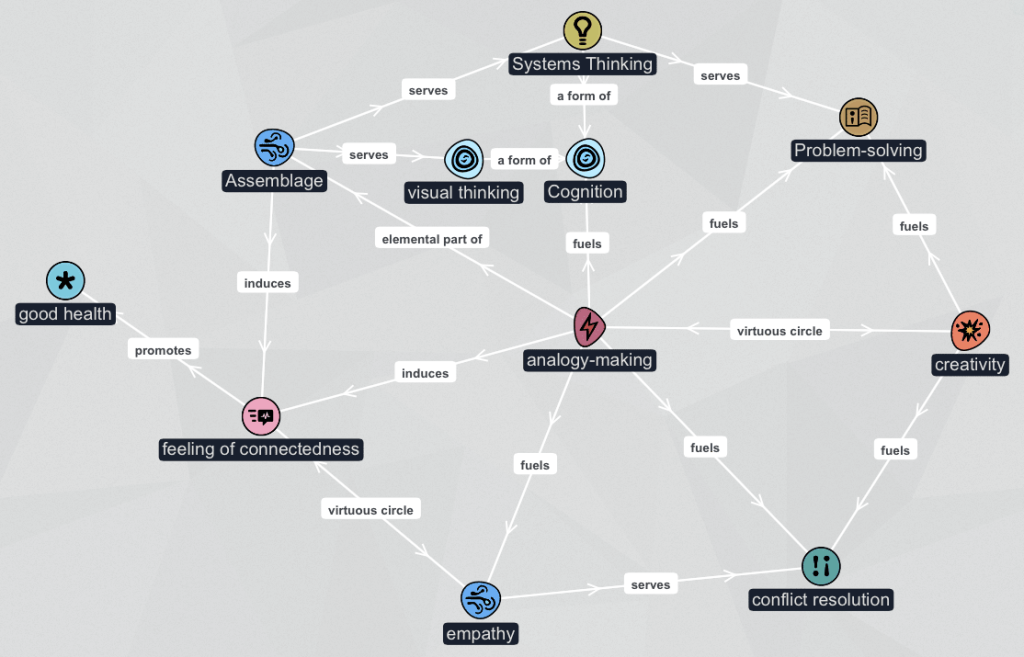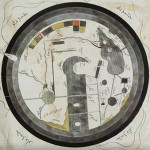Cousin Metamaps
Toiling away on a project like Sembl can be lonely, so I was chuffed this week to make an acquaintance with Metamaps – or more particularly, Ishan Shapiro, one of its founders – and to discover some shared heritage.
Sembl is a descendant of the Glass Bead Game, and its purpose – or one of them – is to foster collaborative sensemaking. In its first form the game aspect of Sembl dominates its role as a sensemaking tool. But part of the reason I adopted this mission to bring Sembl into being was that I’ve been disappointed by every single mindmapping tool I’ve ever tried – because I want to be able to handcraft my own connections between nodes. For me, generic linking is a major limitation of most mindmapping software because the juice of a story is in the quality – and the nuance – of the relationships between the nodes. So my plan for Sembl has always included a de-gamified version, for personal or collaborative non-linear storytelling.
I was pretty excited to discover Metamaps, because it’s almost exactly the mindmapping tool I’ve always wanted. Then – thrill! – I learned that Metamaps was also inspired by the Glass Bead Game. By my reckoning, that makes Sembl and Metamaps cousins :)
Of course, my first exploratory exercise in Metamaps was Sembl-related, mapping the relationship between analogy-making, assembling and cognition, and their effects. Here’s the result:
I’m sharing a static PNG here because I wanted to show it with all the relationships visible. But (assuming you have requested and received access to Metamaps) you can see – and adapt! – the live version on the Metamaps site.





Leave a Reply
Want to join the discussion?Feel free to contribute!